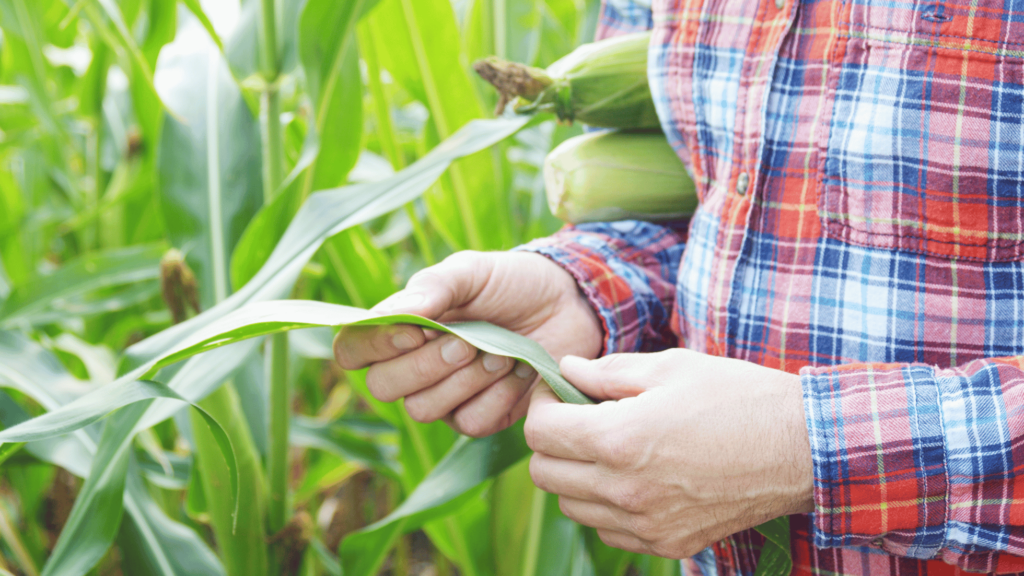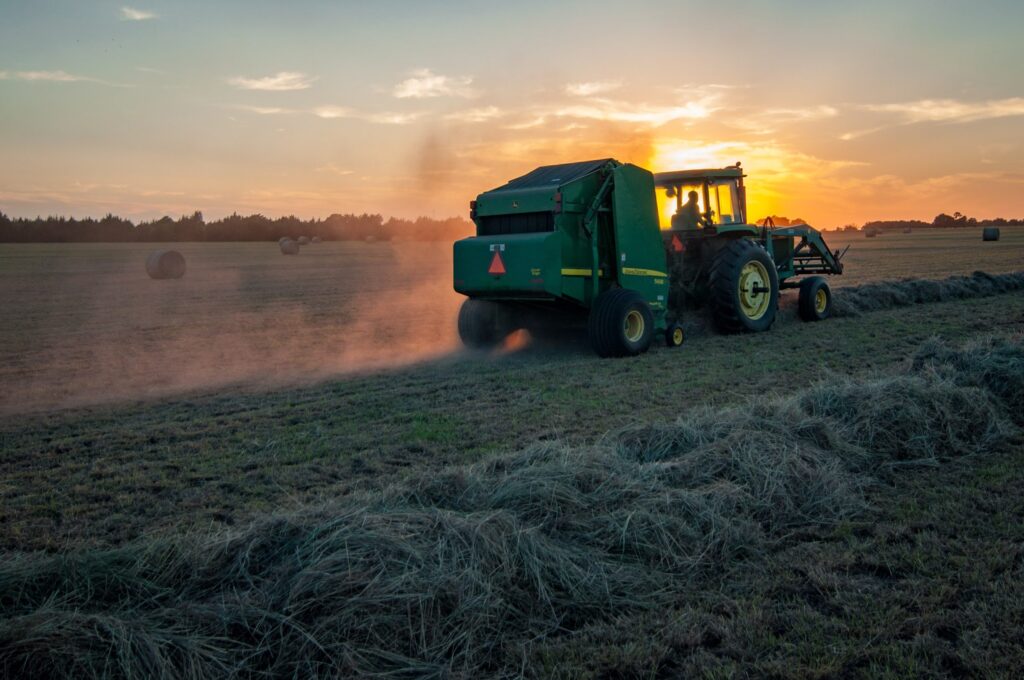“My grandfather used to say that once in your life you need a doctor, a lawyer, a policeman and a preacher but every day, three times a day, you need a farmer.” (Brenda Schoepp, 2012)
Much of the value of the ag sector lies in its ubiquity to daily living; from the food we eat to the car we drive, agriculture companies supply products that satisfy many of our basic needs. The agriculture industry includes businesses that cultivate and supply plant and animal products for food, fuel, fiber, and raw building materials. Per the USDA Economic Research Service, agriculture, food, and related industries contributed $1.109 trillion to the U.S. gross domestic product (GDP) in 2019, a 5.2-percent share. The output of America’s farms contributed $136.1 billion of this sum—about 0.6 percent of GDP.
As an economic pillar, agriculture businesses operate in a dynamic and rapidly evolving space. Variables such as climate, weather, and public health emergencies such as COVID-19 may significantly impact business outcomes. Competitive pressure and innovations in agriculture also factor into whether businesses will succeed or fail. The top companies must rely on the right information when making important decisions or get left in the dust. There are too many variables in the ag industry for professionals to leave the factors that can be controlled up to chance. Here is how top agriculture companies make tough decisions:
They Count on Big Data
Worldwide reliance on the internet has opened up a world of possibilities, especially within the ag industry. The internet provides access to a host of data, enabling ag businesses of all types the ability to better recognize and predict patterns. Internet-enabled tractors can collect real-time data on crop yields and transmit this information to the cloud, where it can be aggregated and analyzed. With “smart farming” technologies (such as sensors, tracking devices, satellites, computer programs, and data analytics), facts and figures can be easily recorded, organized, and retrieved. Evidence pertaining to soil, weather, and other conditions can be identified quickly, and subsequent practices can be amended for maximum benefit. Big data provides real-time evidence and a broad overview of market conditions by improving data collection and usage.
They Plug Into Artificial Intelligence
As an extension of big data, artificial intelligence compounds data significance within the agriculture industry by enabling computer-generated learning to predict future outcomes. An example is Bayer’s WEEDSCOUT app, which uses machine learning and artificial intelligence to match photos of weeds in a Bayer database with weed photos farmers upload. The app technology utilizes self-learning algorithms to recognize nearly 70 different varieties of weeds to help farmers make the best decisions to increase crop yields. By definition, big data provides an unprecedented volume and diversity of information at an unprecedented rate of speed. With it, computers can be trained to form theories and algorithms, sifting through large data sets faster than any human ever could. AI allows farmers to forecast crop and herd conditions with better accuracy and better results.
They Leverage Market Research
Of course, market research is an integral part of any ag business toolkit. Rigorous, robust market research serves as both risk mitigation and guidepost, helping businesses identify market need, performance, and competitive benchmarks. The right survey design can explore business and product-specific topics, netting invaluable insights that would be impossible to obtain via big data or syndicated research. Consultants can use data from research to inform strategy and shape client recommendations. Quality data from market research allows businesses to improve their policies, products, and procedures so that consumer needs are met and customers become and remain satisfied. Market research analysis provides actionable insight into what does and could work (as well as what doesn’t and won’t), thus better safeguarding business best practices and ROI.
Ready to Learn More?
A top agriculture company needs the right tools to make tough decisions. The best one? Quality data. Successful businesses in the space will be those prepared to innovate and keep pace with the evolution of the industry. Business stakeholders and consultants who harness the power of information will stake a claim in the future of the agriculture market. Contact the expert team at Ag Access to get the research journey started.



